Hardscaping Color Schemes
paint_chips
13 years ago
Related Stories
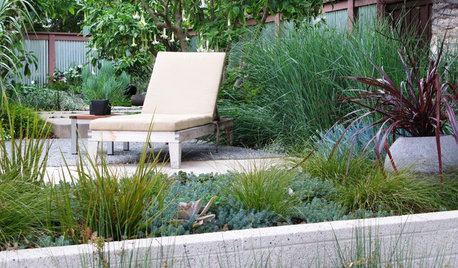
LANDSCAPE DESIGNGet More From Your Garden by Mixing Things Up
Consider an eclectic outdoor style with defined hardscapes softened by exuberant, informal plantings
Full Story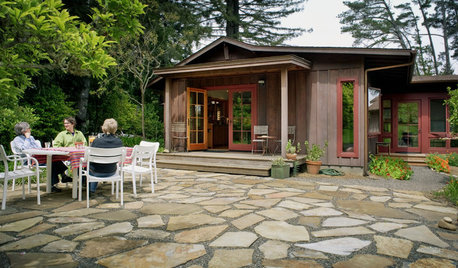
GREEN BUILDINGBuilding Green: The Paths, Beds and Decks That Define Your Landscape
You can make your outdoor area more sustainable by carefully designing your hardscape and selecting materials
Full Story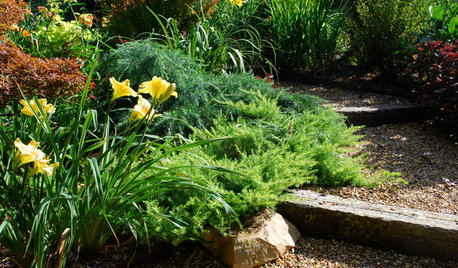
GARDENING GUIDESGreat Design Plant: Cedrus Deodara ‘Feelin’ Blue’
The smallest of the cedars softens a hardscape while bringing structure and texture to the garden
Full Story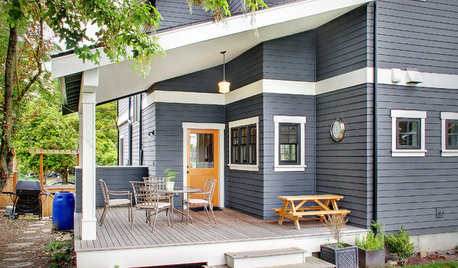
EXTERIORS5 Easy Tips for Choosing Your Exterior Paint Palette
Make your home the talk of the neighborhood — in a good way — with an exterior paint scheme that pops
Full Story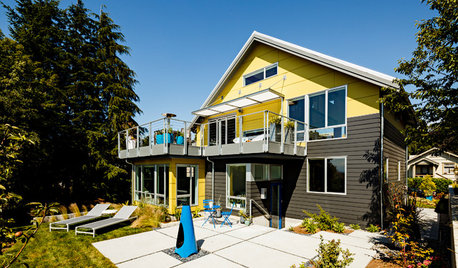
GREEN BUILDING5 Common-Sense Ways to Get a Greener Home Design
You don't need fancy systems or elaborate schemes to make your home energy efficient and sustainable. You just need to choose wisely
Full Story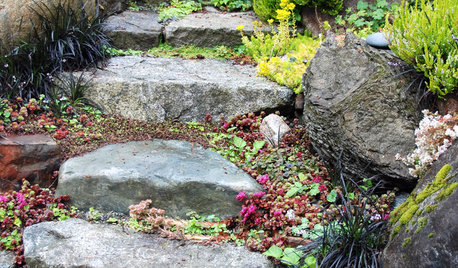
LANDSCAPE DESIGNPlant Your Steps for a Great Garden Look
There are benefits to allowing plants to invade your garden stairs
Full Story
GARDENING GUIDESAnimate Your Garden With the Colors of Matisse
Let the bold and bright palettes of this legendary colorist energize your plantings and bring a painterly touch to your garden
Full Story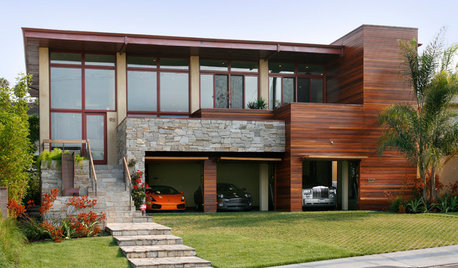
LANDSCAPE DESIGNLandscaping Tricks to Manage Stormwater Runoff
Help rainwater absorb slowly back into the earth with paving grids, gravel beds and other porous systems
Full Story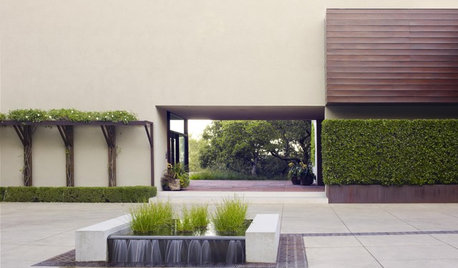
LANDSCAPE DESIGNGeometric Designs Keep Plants in Line
Structure your landscape with strips and blocks for simplicity and a crisp, contemporary look
Full StoryMore Discussions






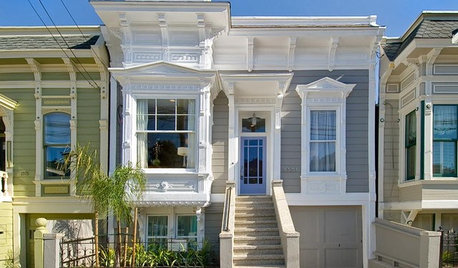

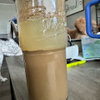

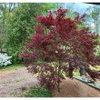
stormz4
isabella__MA
Related Professionals
South Orange Landscape Architects & Landscape Designers · Hartford Landscape Contractors · Cary Landscape Contractors · Concord Landscape Contractors · Firestone Landscape Contractors · Gurnee Landscape Contractors · Westchester Landscape Contractors · Bensenville Landscape Contractors · Bloomington Decks, Patios & Outdoor Enclosures · Centennial Decks, Patios & Outdoor Enclosures · Gaithersburg Decks, Patios & Outdoor Enclosures · Sun Lakes Decks, Patios & Outdoor Enclosures · Bakersfield Swimming Pool Builders · Drexel Hill Swimming Pool Builders · West Puente Valley Swimming Pool Builderswellspring
inkognito
karinl
paint_chipsOriginal Author
lazy_gardens